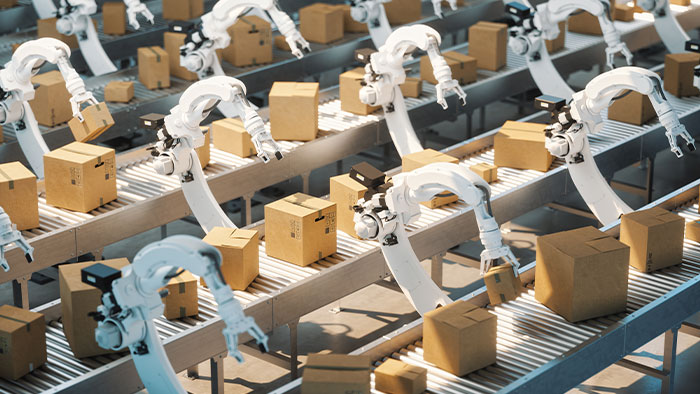Advancements in Retail Supply Chain
- By [ Jess Dankert ]
- 02/18/2022
But this is not the case! In fact, the crucible of the past two years has been the backdrop for retailers to make some tremendous advancements in technology and operations of their supply chain organizations. Countless examples exist.

Digital twin is another supply chain concept that sounds futuristic, but in fact has arrived. Dollar General has leveraged digital twin technology to inform decisions and try to predict challenges before they happen. Unlike traditional supply chain modeling, digital twins incorporate factors like real-time (or near real) data, live snapshots of actual supply chain processes, and digital representations of current physical assets. By focusing on international transportation, the digital twin has been an invaluable input to decisioning in the time of global supply chain disruption.
All large retailers knew that a future of increased e-commerce penetration was coming—but thanks to the pandemic, the future came early. The pandemic drove a dramatic surge in e-commerce volumes, which has caused large retailers to assess their networks. Fast fashion giant H&M has turbocharged its customer fulfillment strategy by leveraging solutions including artificial intelligence, robots, and real-time inventory visibility.
This month in Dallas, RILA’s LINK2022 Retail Supply Chain Conference will explore these examples and more. Don’t miss the chance to connect in person February 20-23, and discuss the latest exciting advancements in retail supply chain!
Tags
-
Supply Chain
-
Technology & Innovation
-
Retail Supply Chain Conference



